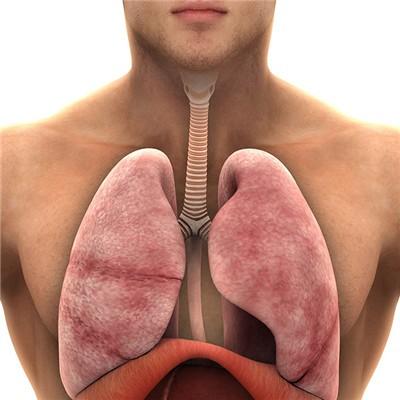Treatment of respiratory failure
summary
Respiratory failure is a series of clinical syndrome of pathophysiologic disorder, which is caused by a variety of reasons, such as the decrease of arterial partial pressure of oxygen (PaO2) and the increase of arterial partial pressure of carbon dioxide (PaCO2). It is a state of dysfunction, not a disease. It can be caused by lung disease, or it may be a complication of various diseases.
Treatment of respiratory failure
First, to relieve airway spasm, theophylline, b-adrenergic agonist, adrenocortical hormone and atropine can be used. At present, it is recommended that the first choice is airway inhalation, but when the airway obstruction is serious, aerosol or aerosol inhalation is difficult to inhale into the lung, so intravenous administration should be given first.

Second: clear the secretion of mouth, pharynx, throat and lower respiratory tract. Expectorants can be used when the patient's expectoration function is still sound. Pay attention to the humidification of airway and the dilution of sputum. When the function of expectoration is lost, it can be eliminated by artificial suction. For those whose deep secretion accumulation is difficult to be eliminated, it can be absorbed by fiberoptic bronchoscope.

Third: keep the respiratory tract unobstructed to ensure adequate ventilation and oxygen supply. Airway obstruction increases respiratory resistance, increases respiratory work consumption, aggravates respiratory muscle fatigue, makes it difficult to discharge inflammatory secretions, aggravates infection, and may also cause atelectasis, reducing gas exchange area.

matters needing attention
Respiratory failure can directly endanger life, so timely and effective rescue measures must be taken. When using respiratory stimulants, we should pay attention to reduce the mechanical load of chest, lung and airway, such as the drainage of secretions; the application of bronchospasmolytics should eliminate pulmonary interstitial edema and other factors affecting lung compliance, otherwise the increase of central drive will increase respiratory work, increase C02 and consume 02.















